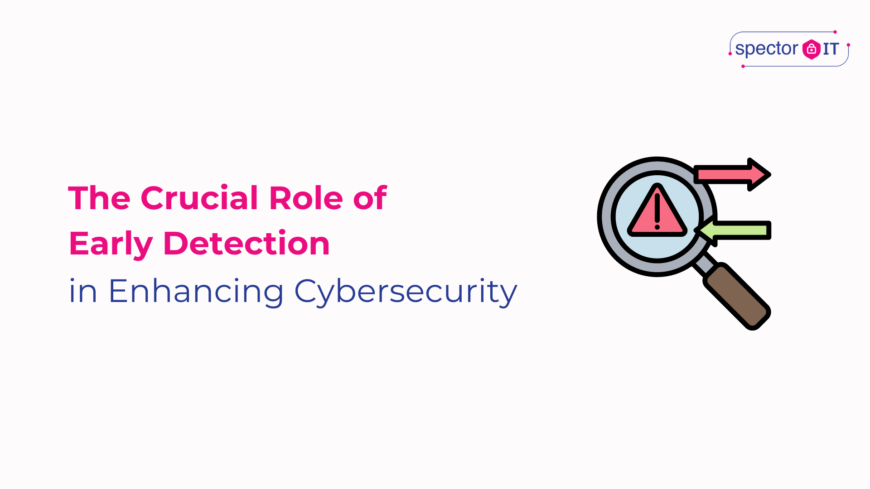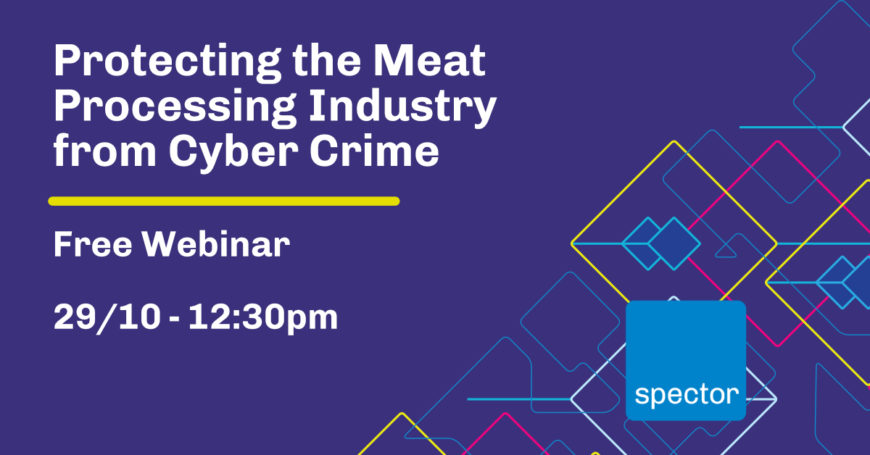
The Crucial Role of Early Detection in Cybersecurity
Cyber‑attacks no longer unfold over days—they evolve in minutes. IBM’s 2024 X‑Force Threat Intelligence report shows 84% of critical infrastructure incidents where initial access vector could have been mitigated with best practices and security fundamentals. For companies, early detection in cybersecurity is therefore the single biggest lever for limiting financial loss, downtime and reputational damage.
If your cyber‑strategy still revolves around “buy a bigger firewall and back everything up,” you’re not alone—but you’re leaving a gaping hole.
Detection—the moment you discover suspicious activity—is where you avoid a crisis. NIST’s Cybersecurity Framework puts detection after protection and before response and recovery. Think of it like installing alarms: without detectors, you won’t know there’s a fire until it’s too late.
The Focus on Early Detection in Cybersecurity
1. Where early detection fits inside the NIST CSF
NIST CSF Version 2.0 groups security activities into
Govern › Identify › Protect › Detect › Respond › Recover.
Most SMEs likely allocate most of their budget to Protect (firewalls, EDR) and Recover (backup & DR). Yet NIST reminds us that the Detect function—continuous monitoring, anomaly spotting and alert triage—is what turns raw telemetry into actionable risk intelligence. Skipping this layer is like installing CCTV but never watching the screens.
Read: NIST – CSF 2.0 Detect Function
2. Benefits of early detection
-
Damage reduction
Early detection allows organisations to identify and address security threats before they escalate into significant breaches. This proactive approach is crucial in minimising the impact of cyber attacks, potentially preventing data loss, financial damage, reputational harm, and legal liabilities. By catching threats early, organisations can significantly reduce the severity of attacks and the costs associated with them. -
Cost savings
Addressing cybersecurity issues after a breach is often far more expensive than preventing them in the first place. The costs associated with data recovery, regulatory fines, legal expenses, and remediation can be substantial. Investing in early detection not only helps prevent these outcomes but also saves significant resources that would otherwise be spent on damage control. For every day a breach lingers, forensic and legal bills rise. -
Regulatory breathing room
Many industries face stringent regulatory requirements related to cybersecurity. Early detection helps organisations comply with these regulations, avoiding penalties and legal consequences for non-compliance. Effective security measures and a commitment to staying ahead of emerging threats are crucial for demonstrating compliance and effective risk management. GDPR and DORA require reporting “without undue delay”. Early detection buys time to assemble incident facts before regulators call. -
Investor & customer trust
A cybersecurity breach can severely damage an organisation’s reputation and erode trust among customers, partners, and stakeholders. Demonstrating a proactive approach to risk management through early detection and prevention can enhance trust and confidence in an organisation’s commitment to security. Maintaining a strong reputation is essential for customer loyalty, attracting new business, and achieving long-term success.
3. Why “Detect” often gets overlooked
-
Marketing bias – Security vendors sell shiny blockers (anti‑malware, EDR) and backup appliances because they’re easy to demo.
-
Budget optics – Boards understand buying a tool or paying a ransom; funding continuous monitoring feels abstract.
-
Skill gaps – Smaller IT teams already juggle support tickets; interpreting alerts seems daunting.
Yet when the inevitable phishing click or mis‑configured cloud bucket happens, early detection in cybersecurity determines whether the incident is a headline—or an internal memo.
4. What does “early detection” look like for an SME?
You don’t need a full Security Operations Center. Here’s a pragmatic four-layer approach:
1. Continuous Monitoring
-
Turn on logging tools like Microsoft 365’s unified audit log.
-
Add threat alerts for unusual sign-ins and large downloads.
-
Use cloud behavior tools like Microsoft Defender for Cloud Apps to flag strange activity.
2. Outsourced SOC-as-a-Service
-
Contract a service that monitors 24/7 and alerts you only for real incidents.
-
They manage alerts, triage issues, and escalate only when needed.
3. Regular Human Testing
-
Every quarter, run phishing tests to ensure your alerts trigger.
-
Use simple campaigns and measure staff reporting—not just click rates.
4. Response Framework
-
Documentation matters. Prep cheat-sheets for responding to alerts.
-
Configure alerts to ping Teams or Slack so issues aren’t missed overnight.
5. Bringing the NIST CSF to life: Detect in 30 days
Week 1
Action: Switch on Microsoft 365 audit log & preset alert policies
Outcome: Instant visibility of risky sign‑ins
Week 2
Milestone: Deploy Sentinel or similar SIEM connector
Outcome: Central dashboard for servers, laptops & cloud
Week 3
Milestone: Configure alert routing to Teams & mobile app
Outcome: Real‑time push notifications
Week 4
Milestone: Conduct first phishing simulation; document incident‑response playbook
Outcome: Baseline user‑click rate & response time
6. Reducing tech jargon: how to explain detection to the board
-
“It’s a smoke‑alarm, not a sprinkler.” Early detection warns before the fire spreads; it doesn’t replace defences.
-
“Minutes matter.” Our cyber‑insurance excess doubles if we can’t evidence detection within one hour.
-
“Good for sales.” Many enterprise RFPs ask: How fast can you detect a breach? We can now answer with metrics.
7. Key metrics you should track
-
Mean Time to Detect (MTTD) – target < 30 min.
-
Mean Time to Contain (MTTC) – target < 2 h.
-
Detections from user reports vs automated – goal ≥ 80 % automated.
-
False‑positive rate – keep < 5 % to avoid analyst fatigue.
-
Coverage – % critical assets sending logs to SIEM (aim 100 %).
Publish monthly alongside NIST CSF maturity chart.
8. Common pitfalls and how to avoid them
Pitfall 1 – Alert overload—1,000s a day
- Impact – Team ignores all
- Fix – Use SIEM built‑in rule tuning; only page on high severity
Pitfall 2 – No runbooks
- Impact – Confusion at 2 a.m
- Fix – Create one‑page cheat‑sheets per alert type
Pitfall 3 – “Protect only” budget
- Impact – Detection left unfunded
- Fix – Reallocate 15 % of security spend to monitoring & testing
Pitfall 4 – Data silos (cloud vs on‑prem)
- Impact – Blind spots
- Fix – Centralise logs in a single platform
Not sure where to start? Our Cybersecurity Gap Analysis helps you uncover these blind‑spots.
9. Why This Makes You Early Detection in Cybersecurity-Ready
-
You’ll spot and stop attacks before they spread.
-
Board trust grows with faster incident timeframes.
-
You meet compliance and enhance customer confidence.
-
You reduce financial and operational impact of cyber incidents.
Early detection isn’t just a checkbox—it’s a genuine differentiator.
Move from blind‑spots to insights – schedule an Early Detection Readiness Call
Spector IT helps SMEs deploy enterprise‑grade monitoring without enterprise‑level headaches—covering tooling, 24 × 7 SOC and board‑ready metrics. Book a 30‑minute discovery call and receive a tailored roadmap.
Post updated on – 30/06/2025

